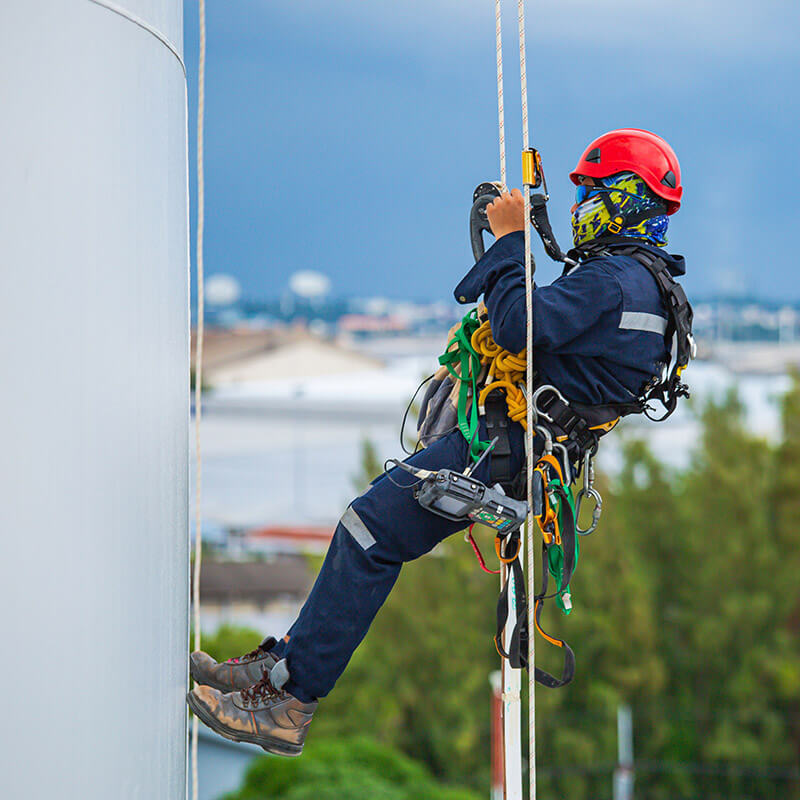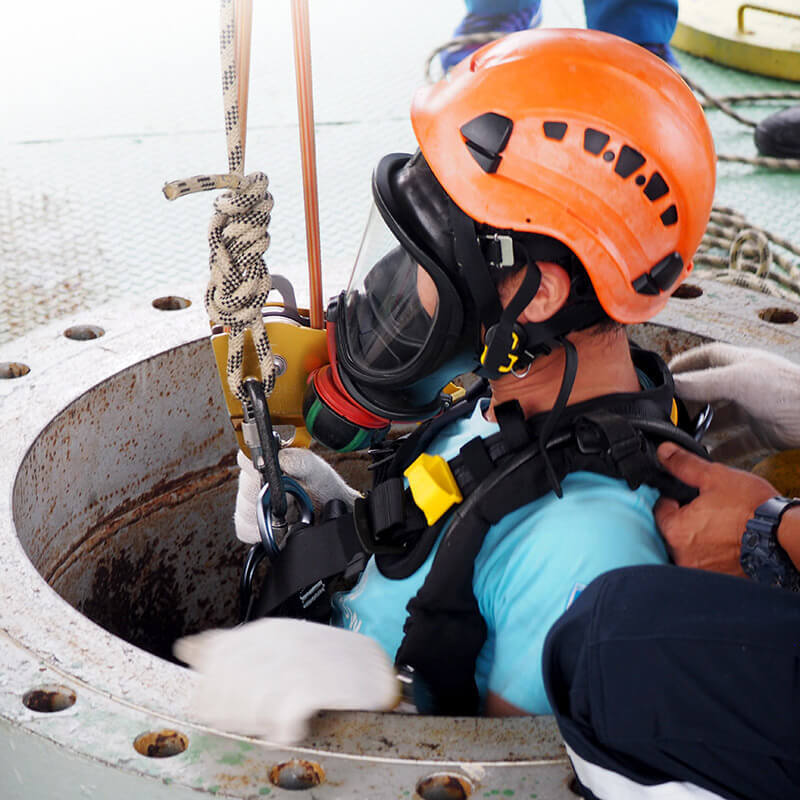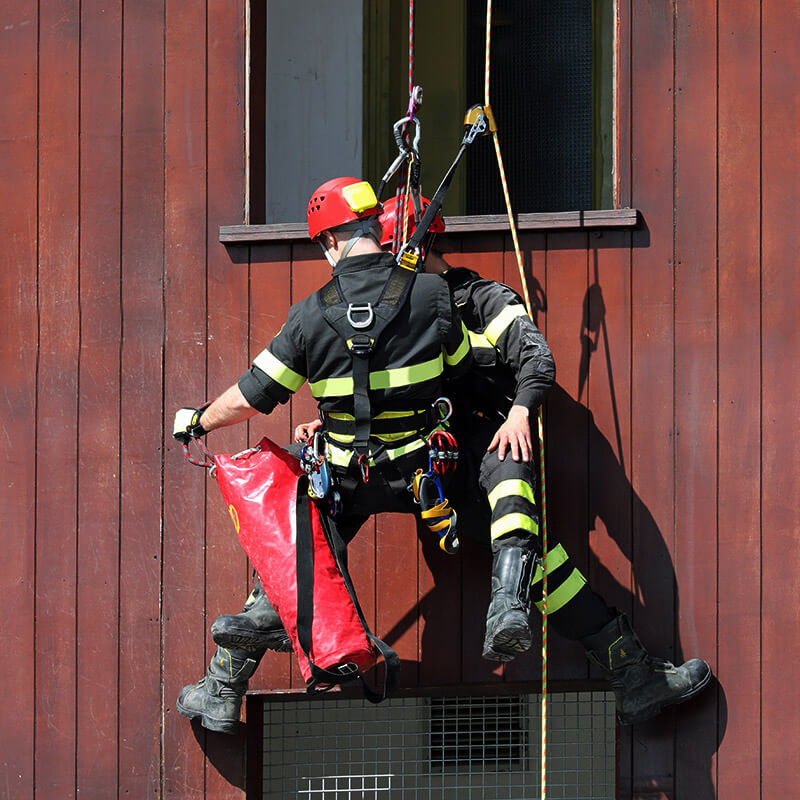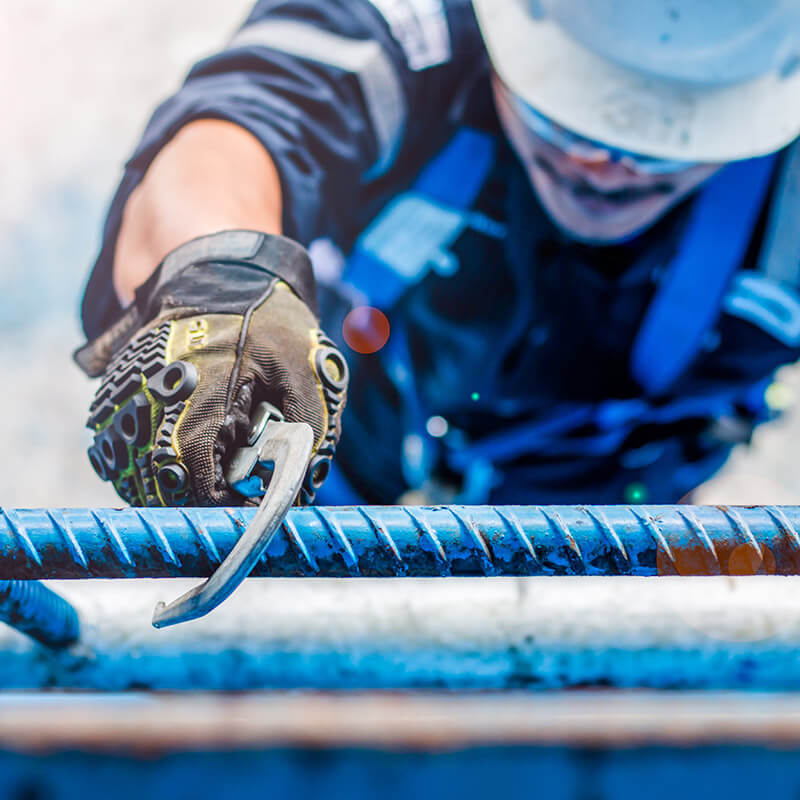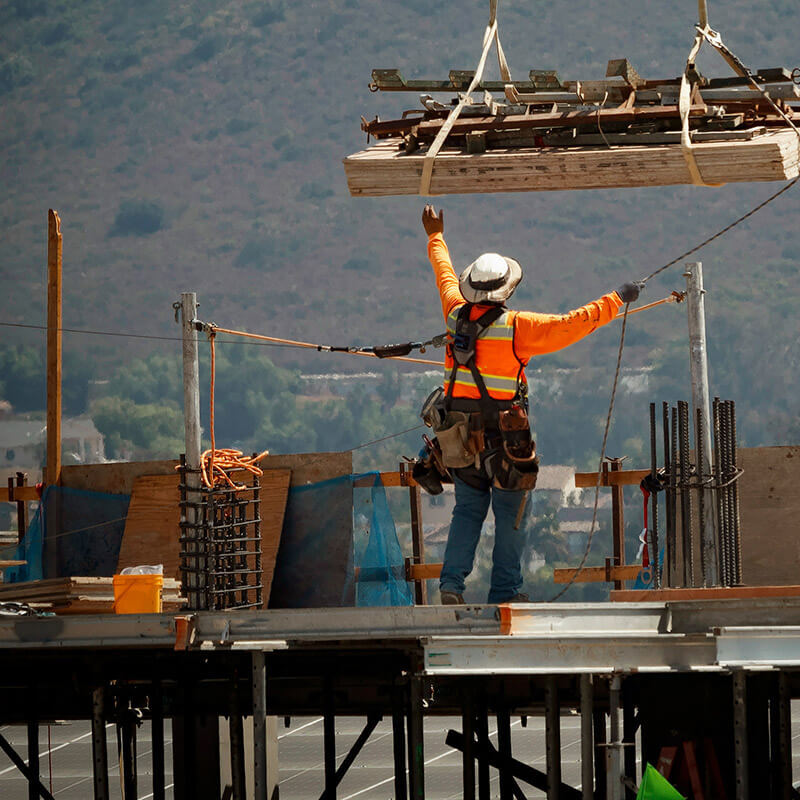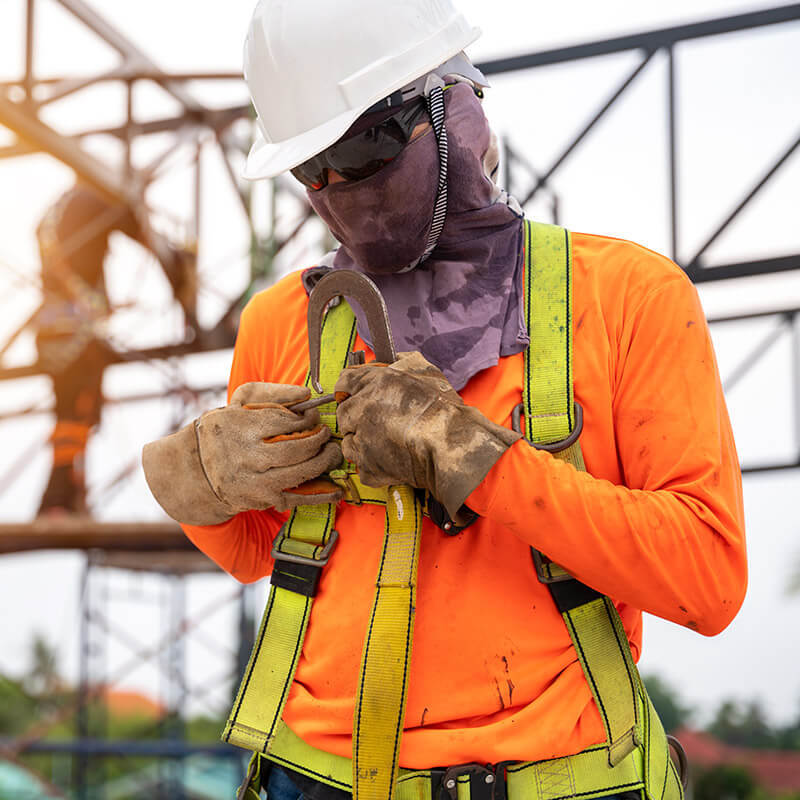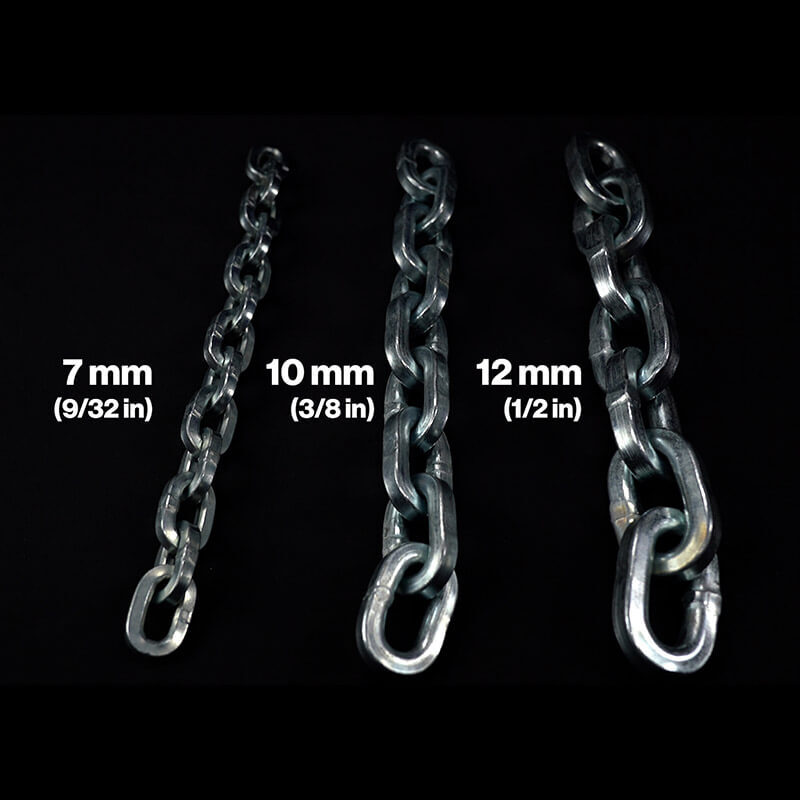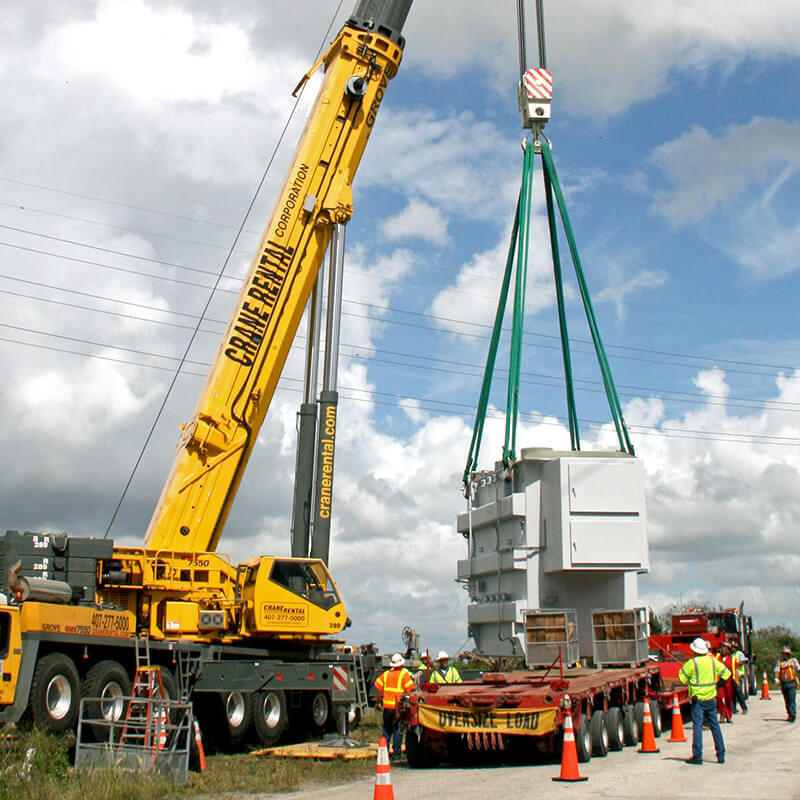What is a rigging shackle?
A rigging shackle is a critical component in lifting and rigging operations, providing a secure connection point between hardware such as slings, chains, and hooks. Though simple in appearance, shackles are engineered to handle high loads and play an essential role in safe and efficient material handling.
Professionals must understand the types, materials, and standards governing shackles to ensure proper use. The ASME B30.26 standard defines shackle design, use, inspection, and marking requirements—helping ensure consistency and safety across industries.
Key Takeaways
- A rigging shackle is a U-shaped connector used to secure lifting components to loads.
- The main components of a shackle are the bow, ears, and pin.
- The two most common types are anchor (bow) shackles and chain (D) shackles.
- Screw pin shackles are widely used for temporary "pick and place" operations.
- Bolt-type shackles (also called safety shackles) are preferred for semi-permanent or long-term installations.
- Shackles must comply with ASME B30.26 and feature clear markings, appropriate Working Load Limits (WLL), and proper design factors (typically 5:1, though some models exceed this).
- Major manufacturers include Crosby, Van Beest Green Pin, Columbus McKinnon (CM), and Skookum.
Anatomy of a Rigging Shackle
Each shackle consists of:
- Bow: The curved body of the shackle. Anchor shackles feature a rounded bow for multi-directional loads, while chain shackles have a straighter “D” shape for straight-line pulls.
- Ears: The two sides that house the pin.
- Pin: The removable locking mechanism. Pin styles include screw pin, bolt-type, and round pin.
Common Types of Rigging Shackles
Anchor (Bow) Shackles
With a rounded bow, anchor shackles allow for angular and side-loading. Ideal for connecting multiple slings or for situations where load direction may change.
Chain (D) Shackles
Narrower and better suited for straight, in-line loads. Their shape maximizes strength along a single axis.
Pin Types: Screw Pin vs. Bolt-Type
- Screw Pin Shackles: Ideal for temporary lifting tasks. Easy to remove and reinstall for quick operations.
- Bolt-Type Shackles: Also known as safety shackles. Include a bolt, nut, and cotter pin for permanent or vibration-resistant installations.
Specialty Shackles
- Synthetic Sling Shackles: Minimize wear on web or round slings.
- Wide Body Shackles: Broader bow radius to reduce stress and increase sling longevity.
- Long Reach Shackles: Extended body for hard-to-reach rigging points.
- Sheet Pile Shackles: Designed for lifting steel sheet piles safely.
Shackle Design Factors
ASME B30.26 requires a minimum design factor of 5:1 (ultimate strength to WLL). Some shackles, such as the Crosby G-209, offer a higher design factor of 6:1.
Required markings include:
- Manufacturer's name or trademark
- Size
- Working Load Limit (WLL)
Materials and Environmental Considerations
Shackles are typically made from:
- Carbon Steel (most common)
- Alloy Steel (for high-strength applications)
- Stainless Steel (for corrosion resistance)
Choose galvanized or stainless finishes for marine or outdoor use.
Major Shackle Brands
- Crosby: Made in the USA. Offers premium shackles with high design factors.
- Van Beest Green Pin: European-made. Known for consistent quality worldwide.
- Columbus McKinnon (CM): Made in the USA. Offers carbon and alloy shackles.
- Skookum: Made in the USA. Specializes in high-strength alloy steel shackles.
Safety and Inspection
- Inspect shackles before each use.
- Conduct periodic, documented inspections based on frequency and environment.
- Remove shackles from service if they show cracks, deformation, excessive wear, or illegible markings.
Conclusion
Rigging shackles are essential for lifting operations. Choosing the correct type, understanding pin options, and complying with ASME standards all contribute to safety and efficiency.
Work with trusted brands and suppliers like Bishop Lifting to ensure the integrity of your lifting system. Contact us or browse our online catalog to find shackles that meet your project requirements.
What Are the Different Types of Climbing Ropes?
Dec 11th 2025
What Type of Rope Is Best for Climbing?
Dec 9th 2025
What Are the Two Types of Kernmantle Rope?
Nov 25th 2025
What Is a Kernmantle Rope Used For?
Nov 21st 2025
What Is a Fall Protection Harness?
Nov 14th 2025
What are the four components of a PFAS?
Nov 7th 2025
Is Palmer Safety OSHA Compliant?
Nov 3rd 2025
What’s the Hardest Chain to Cut?
Oct 20th 2025
What are the most common tools used in rigging?
Oct 13th 2025


